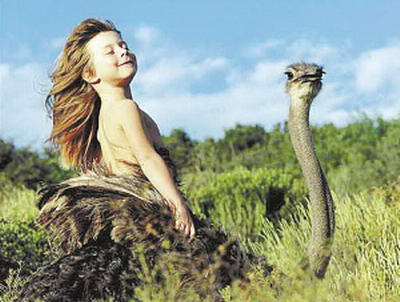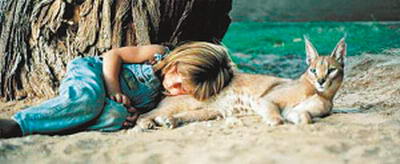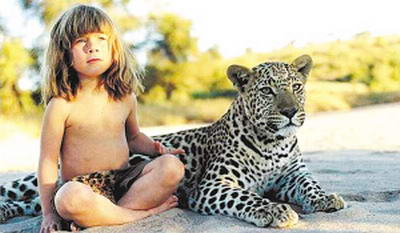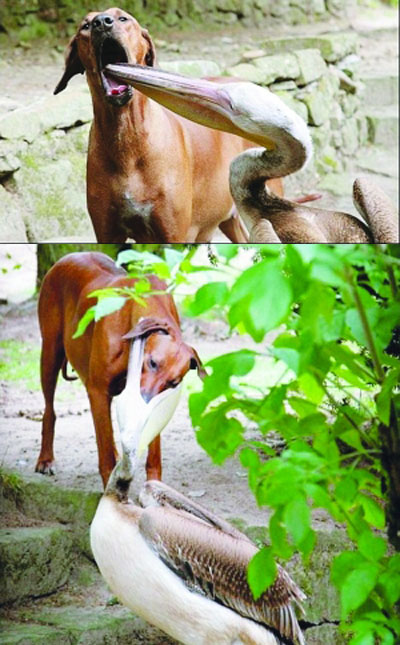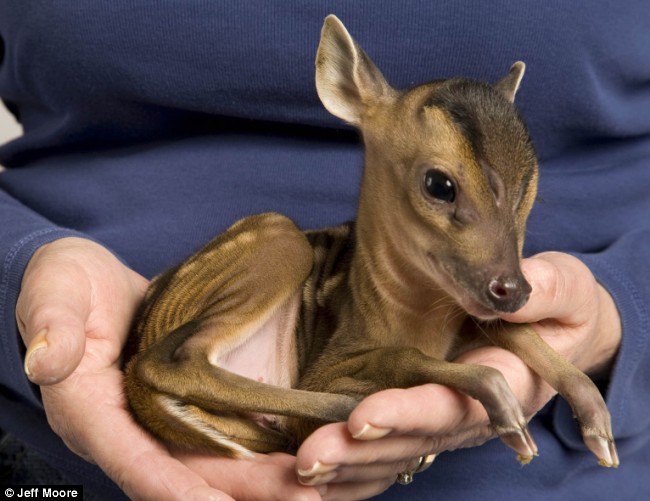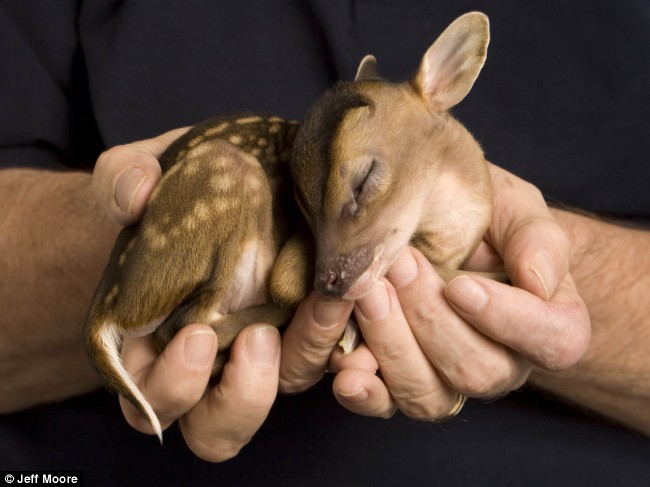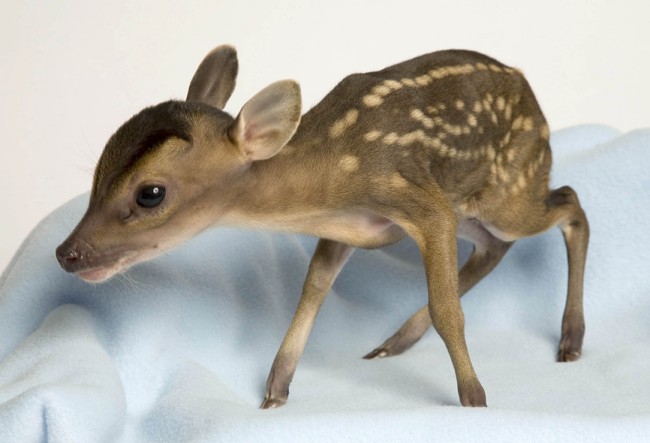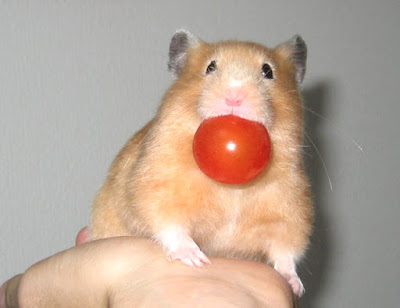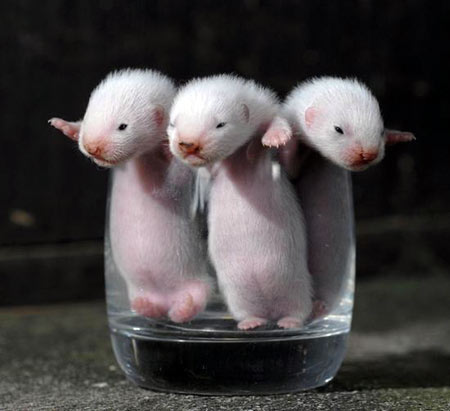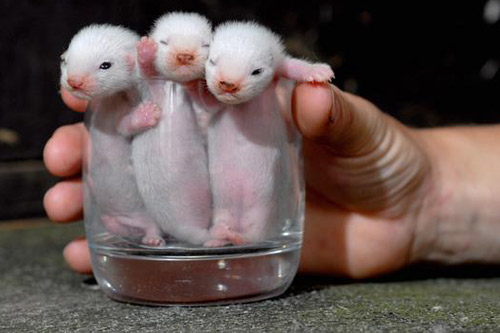Microbiologist Elizabeth Johnson, a fourth-year student of veterinary medicine and surgery at Glasgow University School of Veterinary Medicine in Scotland, said her love for furry little creatures, including hamsters, has led to an unexpected discovery.
By Benjamin Alfonsi
For Veterinary Practice News
Microbiologist Elizabeth Johnson, a fourth-year student of veterinary medicine and surgery at Glasgow University School of Veterinary Medicine in Scotland, said her love for furry little creatures, including hamsters, has led to an unexpected discovery.
"They are not generally very well understood by owners and even by some vets," she said.
Johnson estimates she's had 60 to 70 pet hamsters throughout her life.
About Scent Glands
Owners and veterinarians should be aware of hamsters' scent glands' normal appearance and odor, Johnson said.
Even practitioners who treat exotics on a regular basis often admit not knowing much about hamsters, and perhaps most perplexing are hamsters' scent glands.
Melissa A. Kling, DVM, of Macon, Ga., is secretary of the Assn. of Exotic Mammal Veterinarians and has treated exotic pets for 20 years. Dr. Kling says hamsters' scent glands are also known as flank glands or hip spots.
"The scent glands are more prominent in males than females. When the male is excited, it will lick its scent glands until the entire area is wet. It will also scratch and rub itself as if the area is irritated."
In addition to differences between the sexes, there is also variation among species.
"Scent glands are bilateral, and situated on the flanks of Syrian hamsters," Johnson said.
"On all of the domestic dwarf species-including Roborovskis, Campbells, winter whites and Chinese-they are single and situated on the ventral midline close to the umbilicus."
The appearance often varies further between species.
"In Syrians, the scent glands are flat, often greasy or wet looking, sometimes pigmented, and with some longer hairs over them," Johnson said.
"In dwarf hamsters, the glands are quite protuberant, sometimes hairless, often showing a greasy to waxy yellow secretion."
Kling said there is evidence that the secretions are used for territorial marking by males.
"Females also have these glands but they are not as easily identified, and the secretions are associated with the estrous cycle," she said.
Still, despite their biological functions, hamsters' scent glands can be unattractive.
"They look quite unclean in some hamsters," Johnson said, especially in Campbells and winter whites, also referred to as Russian dwarfs.
| Warning Signs for Clients
Hamsters' scent glands, especially males', are enlarged and are sometimes mistaken for tumors. Here are some warning signs you can provide clients that indicate something may really be wrong:
Behavior — Reluctance to be held or picked up — Unusual aggression or nippiness — Change in behavior/temperament — Hunched-over posture — Immobility
Physical Symptoms — Inflammation — Crusting — Ulceration — Redness or bleeding — Pus buildup — Unusual swelling — Unusual discharge -B.A. |
Development and Odor
In all species, males' scent glands tend to be more prominent.
"The glands are fully developed at the time the hamster reaches sexual maturity," Kling said.
So is their smell, according to Johnson.
"The glands become most obvious at puberty and the odor is most obvious then too," she said. Some people could be put off by this smell, but it's really quite normal and natural.
"The scent glands' smell varies from unnoticeable in some hamsters to quite a strong, musky scent in others. It may be especially noticeable after handling dwarfs, when the ventral gland has brushed up against its handler's hand."
The smell of some female Syrians can often be potent.
Tumor "False Alarms"
The scent glands' appearance often causes concern and can appear to be tumor-like growths. And as a result of the lack of readily available information about hamsters' scent glands, owners and even practitioners can mistake the glands for tumors.
"One of the most common reasons hamsters are presented to a veterinarian is the owner mistakes the scent gland for a tumor," Kling said.
"Dwarf glands always look like tumors and often vets are not aware of the ventral location," Johnson said. "Syrian glands look less worrisome but again, owners notice the pigment or wetness and worry that there may be something wrong."
Treatment and Maintenance
"It complicates matters that scent glands, particularly in dwarfs, get infected sometimes and also develop tumors, which are usually malignant," Johnson said.
It is important, therefore, that owners know what the scent glands are and become familiar with the unique appearance of their own pet's glands.
Owners who notice an increase in size, unusual discharge, redness or bleeding, should be advised to see a veterinarian.
"Indication of a problem would be reluctance on the part of the hamster to be held or picked up; unusual aggression or nippiness; change in behavior and temperament," Johnson said.
"Pain in hamsters is often indicated by a hunched posture and reluctance to move. Also, look for localized inflammation, crusting, ulceration, bleeding or pus."
"If the gland becomes infected or inflamed from constant irritation by the hamster, castration may need to be considered along with appropriate topical therapy," Kling said.
Besides tumors, other medical problems related to hamsters' scent glands may arise. In older hamsters, neoplasia can occur, the most common being melanomas and hemangiosarcomas.
Male hamsters often bite each other's scent glands if housed together.
Advise owners to check them if there has been a fight. But male hamsters' squabbling can be more severe than just biting.
"Sometimes if male hamsters are housed together they may cannibalize each other's glands," Kling said.
Barring any of these problems, however, hamsters' scent glands don't require much maintenance.
"Healthy scent glands need no more attention than a look-over as often as possible to check for problems," Johnson said.
Benjamin Alfonsi is a free-lance writer based in New York City.
This article first appeared in the October 2004 issue of Veterinary Practice News.

